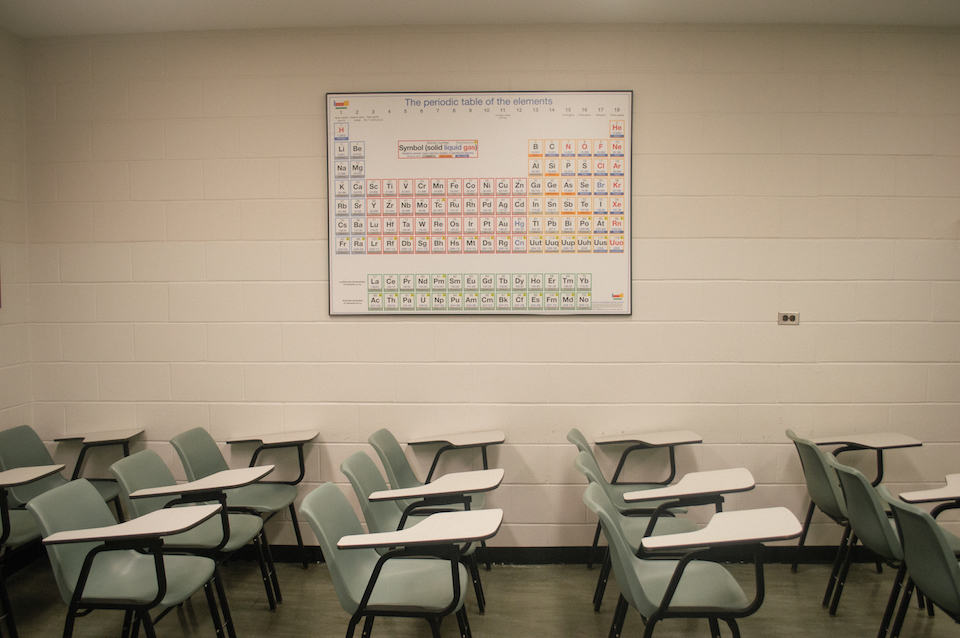On December 30 2015, the scientific community received a late Christmas present from the International Union of Pure and Applied Chemistry (IUPAC): the recognition of four new elements, which completes the periodic table. A joint Russian-American research team is credited for the discovery of elements number 115, 117, and 118, and the discovery of element number 113 is accredited to a Japanese research team.
Though the hardest part of discovering new elements is over, the researchers will have the task of giving suitable names to the elements. The IUPAC regulations state that elements must be named after “one of their chemical or physical properties, a mythological concept, a mineral, a place or country, or a scientist.” Once everything is commercialized, we can expect the new periodic tables to appear in new chemistry textbooks.
However, according to Robert Batey, the Chair of the U of T chemistry department, the U of T community should not expect to see the periodic tables around the chemistry department change any time soon.
Since the new elements were created synthetically through nuclear reactions using particle colliders, it is unlikely that they will be found naturally on Earth. The instability of the newly discovered elements makes it unlikely that practical uses will emerge from their discovery.
“The amount of element produced is so tiny that it really doesn’t have any practical benefit. It is more of an intellectual development more than anything else,” said Batey.
The completion of the seventh row of the periodic table is certainly a great achievement for the scientific community. The table allows scientists to predict the chemical and physical properties of each element according to their position in the table. It is the first time since 2011 that the table has been updated.
Dmitri Mendeleev was the first to compose a periodic table, in 1869, which characterized elements according to the element’s atomic number.
Now that the seventh row is complete what happens next is the question on everyone’s minds. There certainly has been speculation about the uncharted eighth row. At least until element number 120, all the elements can be arranged according to blocks (s-, p-, d-, and f-) on the periodic table. Batey has suggested that the real excitement would be caused by a discovery beyond element number 120. This would mean creating a whole new g-block for the element, prompting chemists and physicists to redesign the periodic table.
However there is no need to wait in anticipation, as there is no timeline for when scientists will discover g-block elements. Though there have been predictions about elements that are heavy but stable enough to exist for a longer period of time, it may be the case that these elements are too unstable to make. “Maybe this is it,” says Batey, “maybe this is the end, we’ve reached it, the rest can’t be made, but my gut feeling is probably that’s not the case.”
The Japanese Riken Lab expressed the same opinion as they announced that they would continue the pursuit of discovering new elements. Since there is no chemistry for the g-block elements, it would be a redefining moment for the world if chemists and physicists ever reach that region of the periodic table.


